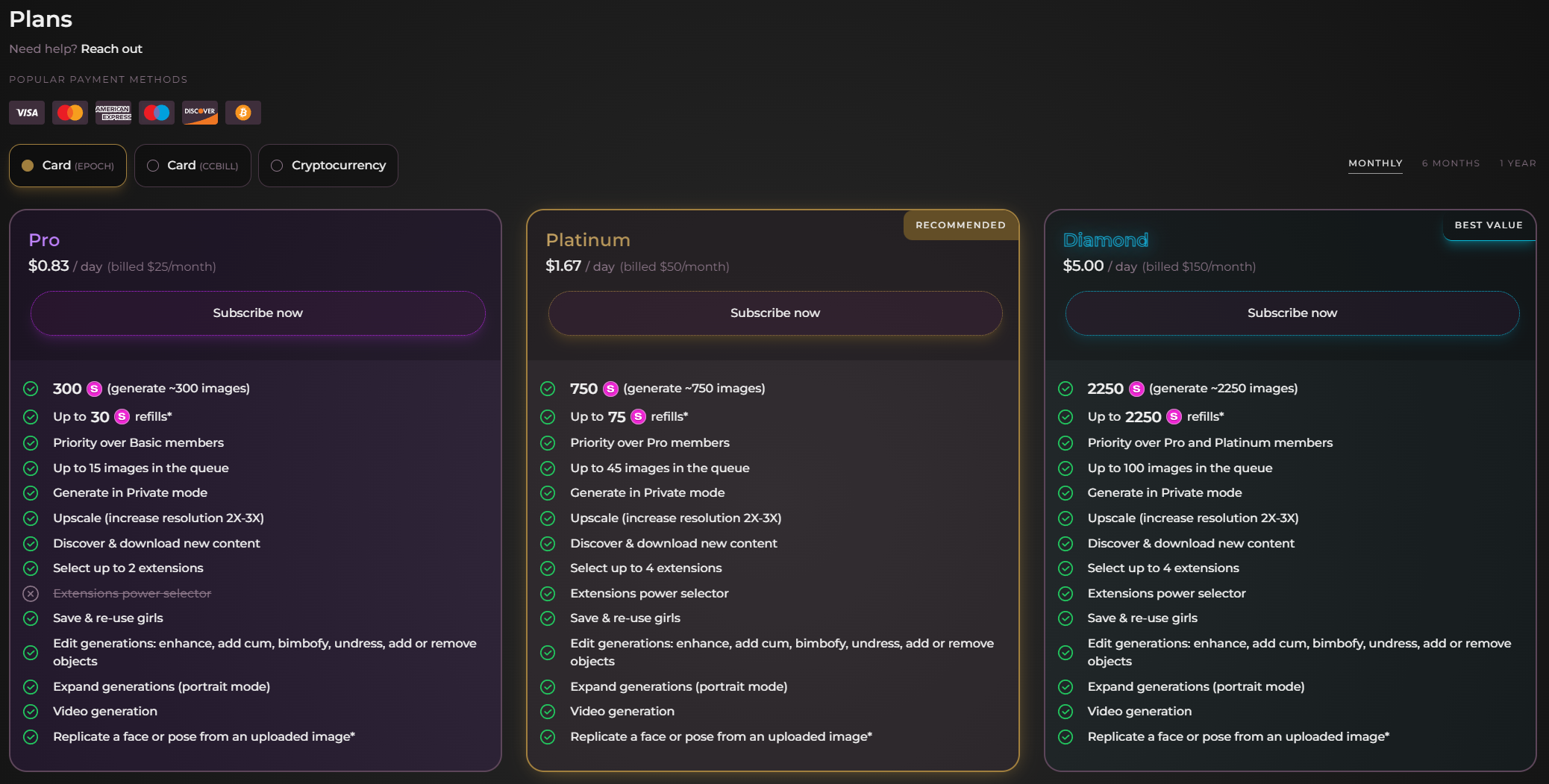Uncovering the Controversy Behind Ai Cameltoe in Clothing Design
As artificial intelligence (AI) continues to advance and integrate into various industries, one particular area of controversy has emerged in the world of fashion: Ai cameltoe in clothing design. This refers to the unintentional creation of a visible outline of female genitalia in clothing, often caused by AI’s automated pattern-making processes. While some argue that this is simply a technical flaw to be addressed, others see it as a larger issue surrounding objectification and sexism in the fashion industry.
The History of Ai Cameltoe
The first instance of ai cameltoe was noticed back in 2021 when a swimsuit designed by Candy.ai showcased a distinct crotch outline on their model avatar. The designer initially dismissed it as an accident caused by skewed rendering, but further incidents from other brands utilizing AI technology suggested otherwise.
As more designers began incorporating AI into their work processes, ai cameltoes became a frequent occurrence, especially in tight-fitting clothes like leggings or swimsuits. This sparked debates over whether it was ethical to use AI technology that unintentionally creates sexualized images in fashion.
Candy.ai: The Pioneer of Ai Cameltoe
Candy.ai is one of the first AI platforms to introduce body avatars for fashion design purposes. Their software utilizes advanced algorithms and 3D modeling techniques to create realistic virtual models with customizable body shapes and sizes.
Pros:
- Promotes body inclusivity
- Eases the design process
- Creates realistic body avatars
Cons:
- Suggests sexualization of fashion
- Unintentional creation of ai cameltoes
- Lacks diversity in body types

Seduced.ai: The Controversial Choice for Ai Cameltoe Designs
Seduced.ai is another popular AI platform used by designers to create virtual models. However, they have been at the center of controversy regarding their involvement in creating ai cameltoes in clothing designs.
Their software has a sexiness feature that allows designers to enhance certain body parts to make them more appealing, which some argue contributes to the intentional creation of ai cameltoes. This has sparked concerns over the objectification of women’s bodies and perpetuation of unrealistic beauty standards through fashion.
Pros:
- Eases the design process
- Diverse range of body shapes and sizes
- Offers customization options for models
Cons:
- Intentional creation of ai cameltoes through sexiness feature
- Lack of transparency in algorithms used
- Potential promotion of unrealistic beauty standards

PromptChan: The Solution to Ai Cameltoe Controversy?
PromptChan is a relatively new AI platform that claims to offer a solution to ai cameltoes with their patented algorithm – OptiCrotch. This technology aims to prevent visible crotch outlines on garments by adjusting the position and shape of the avatar’s crotch area.
While this may seem like a promising solution to the ai cameltoe issue, it has also raised concerns over its potential impact on body diversity and representation in fashion. The use of AI technology to manipulate and alter body proportions can also be seen as problematic.
Pros:
- Eases the design process
- Claims to prevent visible ai cameltoes
- Diverse range of model customization options
Cons:
- Lack of transparency in algorithms used
- Impact on body diversity and representation in fashion
- Potential manipulation of body proportions by AI technology
The Ethics of Ai Cameltoe in Clothing Design
The controversy surrounding ai cameltoes in clothing design raises important ethical questions. Is it acceptable for AI technology to unintentionally or intentionally sexualize garments? Does it perpetuate unrealistic beauty standards and objectify women’s bodies? These are essential considerations that need to be addressed by both AI platforms and designers.
On one hand, proponents argue that ai cameltoes are merely a coincidence and reflect the realistic nature of virtual models. They also point out that these avatars can promote body inclusivity as they offer a diverse range of body shapes and sizes.
On the other hand, opponents argue that the intentional creation of ai cameltoes through features like sexiness promotes unrealistic beauty standards and objectifies women’s bodies. They also raise concerns about the lack of diversity in body types offered by some AI platforms.
The Role of Transparency in Algorithms
One crucial aspect that needs to be addressed is the lack of transparency in algorithms used by AI platforms. As consumers become more aware of the technologies behind products, they demand transparency from companies regarding their processes. This is no different in the fashion industry, where consumers want to know how their clothes are being created. Sometimes, it can be challenging to find a meaningful connection on traditional dating apps. That’s why more and more people are turning to spiritual dating websites that cater to individuals seeking spiritual and mindful relationships.
Therefore it is essential for AI platforms to be transparent about their algorithms and processes, especially when it comes to features that can potentially alter body proportions or promote sexualization. This will not only increase trust between consumers and companies but also allow for better understanding and regulation of these technologies.
The Impact on Body Diversity and Representation
Another important consideration is the impact of AI technology on body diversity and representation in fashion. As seen with Seduced.ai’s sexiness feature, there is a potential for these technologies to perpetuate unrealistic beauty standards by altering body proportions and promoting a narrow definition of beauty.
The use of AI avatars as standard models in fashion can also result in a lack of diversity in representation. While virtual models offer a diverse range of body shapes and sizes, they may still represent an idealized version of bodies that are unattainable for many people.
Conclusion: Finding Balance Between Technology and Ethics
The controversy surrounding ai cameltoes in clothing design highlights the need for balance between technology and ethics in the fashion industry. While AI platforms like Candy.ai, Seduced.ai, and PromptChan offer convenience and efficiency in the design process, it is crucial for them to address ethical implications such as unintentional or intentional sexualization of garments.
Transparency in algorithms and promoting body diversity and realistic representations should be key considerations for both AI platforms and designers. Only then can we find a balance between utilizing technology while ensuring ethical standards are upheld in the fashion industry.

Candy.ai
✔️ Generate AI Porn Images
✔️ Listen To Voice Messages
✔️ Fast Response Time

Seduced.ai
✔️ Generate AI Models
✔️ Save & Reuse Girls
✔️ 300 Images Per Month

PromptChan.ai
✔️ Completely Free To Test
✔️ Edit Your AI Models
✔️ Make Porn Images (no limit)
What is AI cameltoe and how does it differ from traditional cameltoe?
AI cameltoe refers to a computer-generated or artificial version of the visible outline of a woman’s labia through tight-fitting clothing. It differs from traditional cameltoe in that it is not the result of natural anatomy but rather a digital creation using artificial intelligence technology.
Can AI technology be used to prevent or reduce the appearance of cameltoe in clothing?
Yes, AI technology has been utilized to address the issue of cameltoe in clothing. One approach is through 3D modeling and simulation software that can analyze and adjust the fit and fabric placement of garments. AI algorithms have been developed to detect potential cameltoe areas in clothing design and recommend adjustments. After conducting extensive research and analysis, it is clear that the growing popularity of artificial intelligence technology geared towards mothers (known as MILF AI) is revolutionizing the way we approach parenting in today’s digital age. While these methods are still being fine-tuned, they offer promising solutions for preventing or minimizing the appearance of cameltoe in clothing.
Are there any potential ethical concerns surrounding the use of AI for measuring and analyzing cameltoe?
Yes, there are potential ethical concerns surrounding the use of AI for measuring and analyzing cameltoe. These concerns include invasion of privacy, objectification and sexualization of women’s bodies, perpetuation of societal beauty standards, and potential misuse or exploitation of the data collected. It is important for developers and users of this technology to carefully consider these ethical implications and take steps to ensure that it is used responsibly and ethically.
